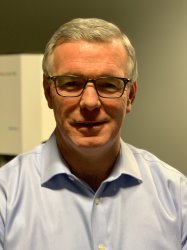BibTex format
@article{Rincon-Benavides:2023:10.1002/adtp.202200197,
author = {Rincon-Benavides, MA and Mendonca, NC and Cuellar-Gaviria, TZ and Salazar-Puerta, AI and Ortega-Pineda, L and Blackstone, BN and Deng, B and McComb, DW and Gallego-Perez, D and Powell, HM and Higuita-Castro, N},
doi = {10.1002/adtp.202200197},
journal = {Advanced Therapeutics},
title = {Engineered Vasculogenic Extracellular Vesicles Drive Nonviral Direct Conversions of Human Dermal Fibroblasts into Induced Endothelial Cells and Improve Wound Closure},
url = {http://dx.doi.org/10.1002/adtp.202200197},
volume = {6},
year = {2023}
}

